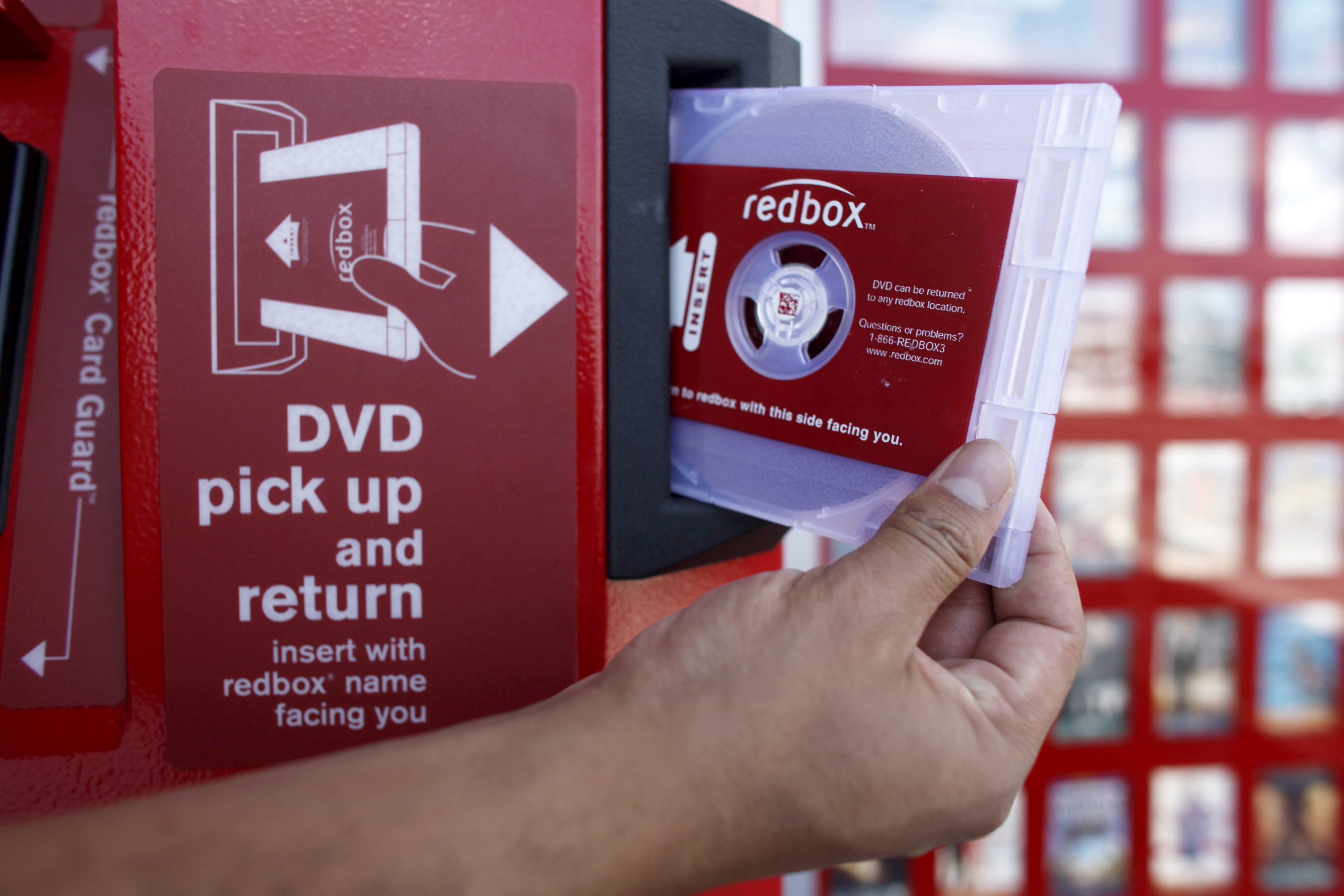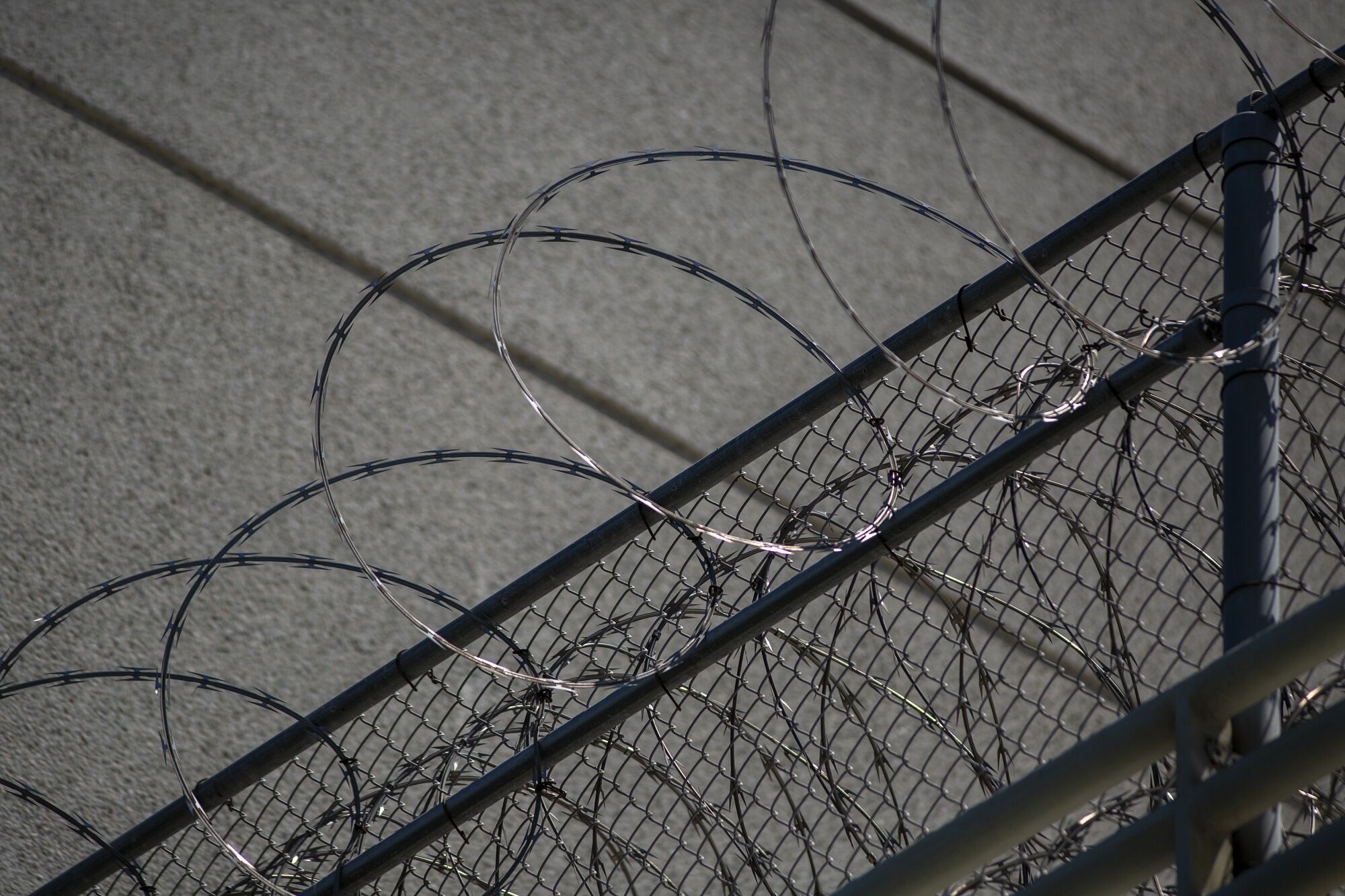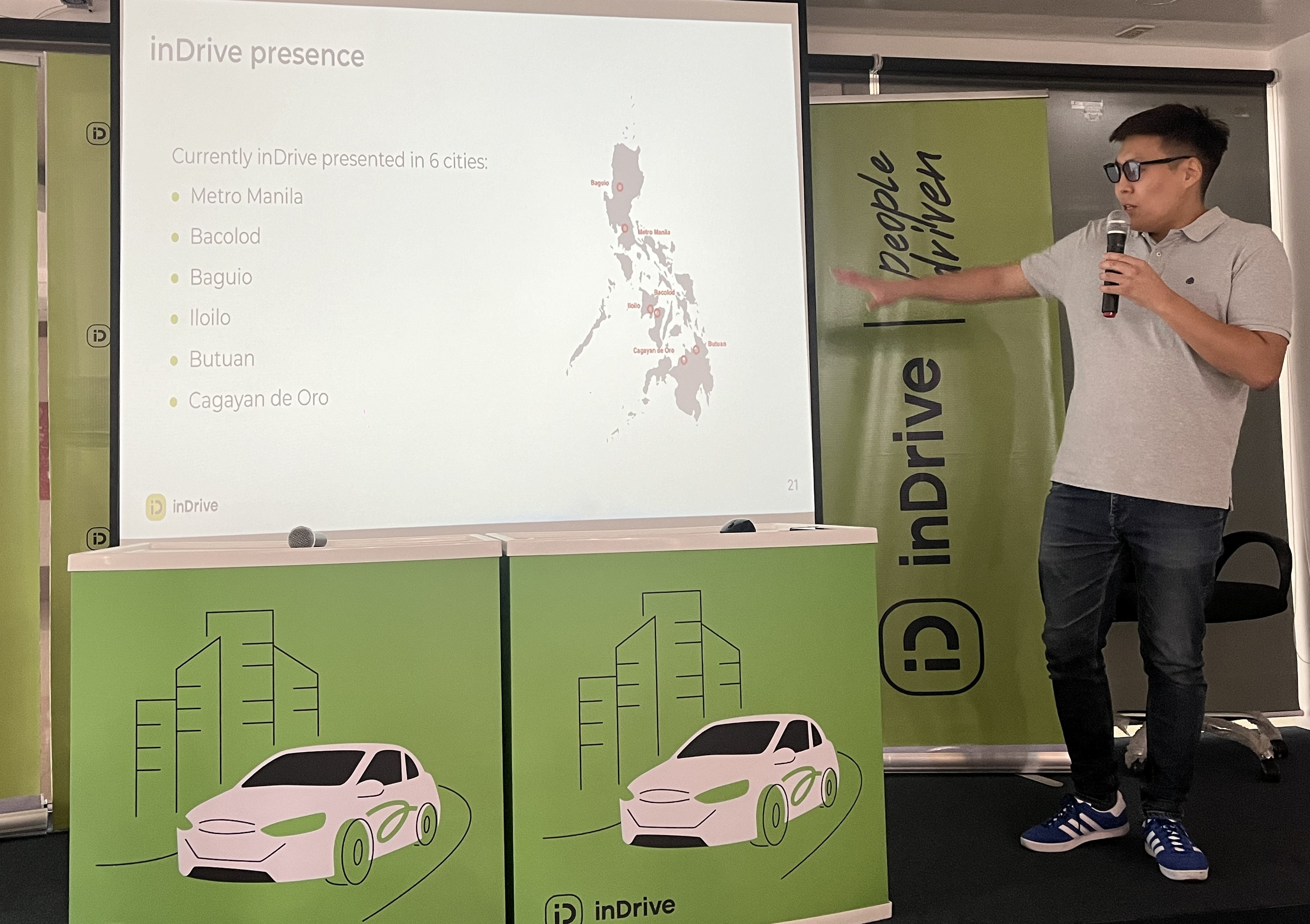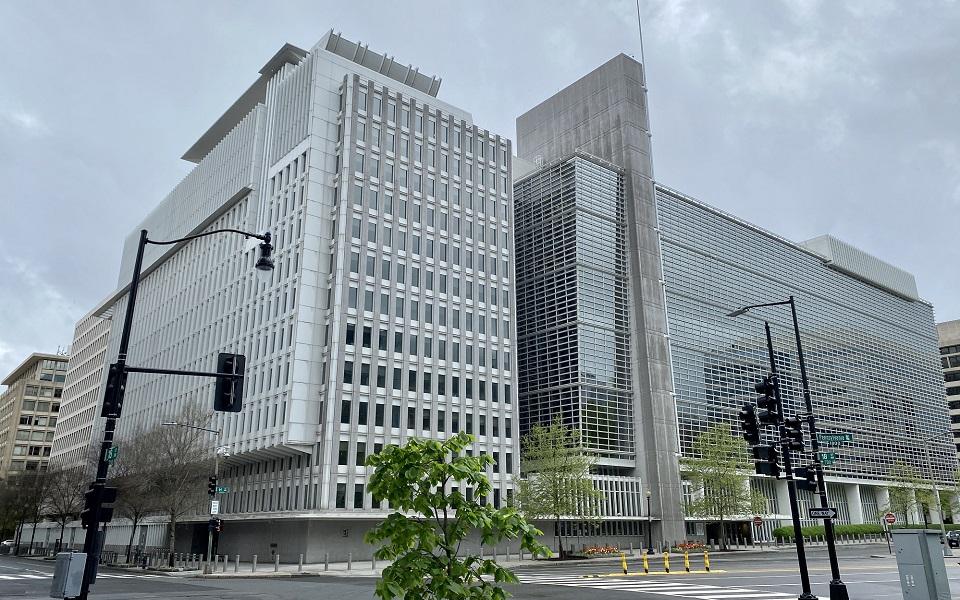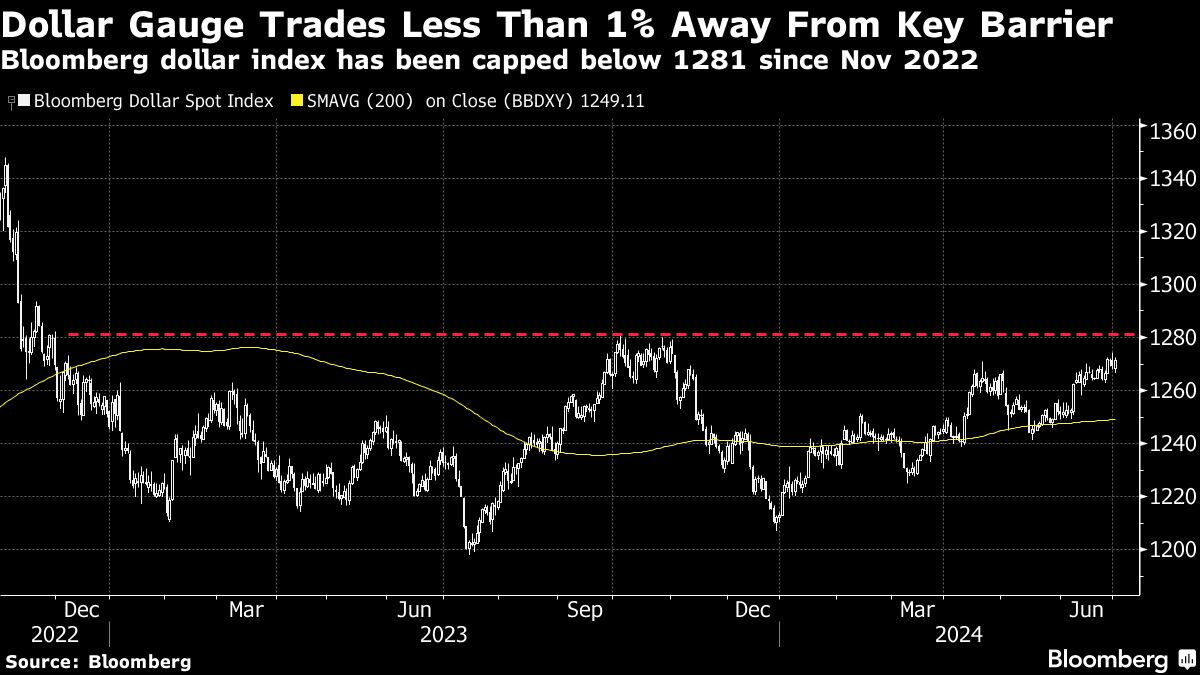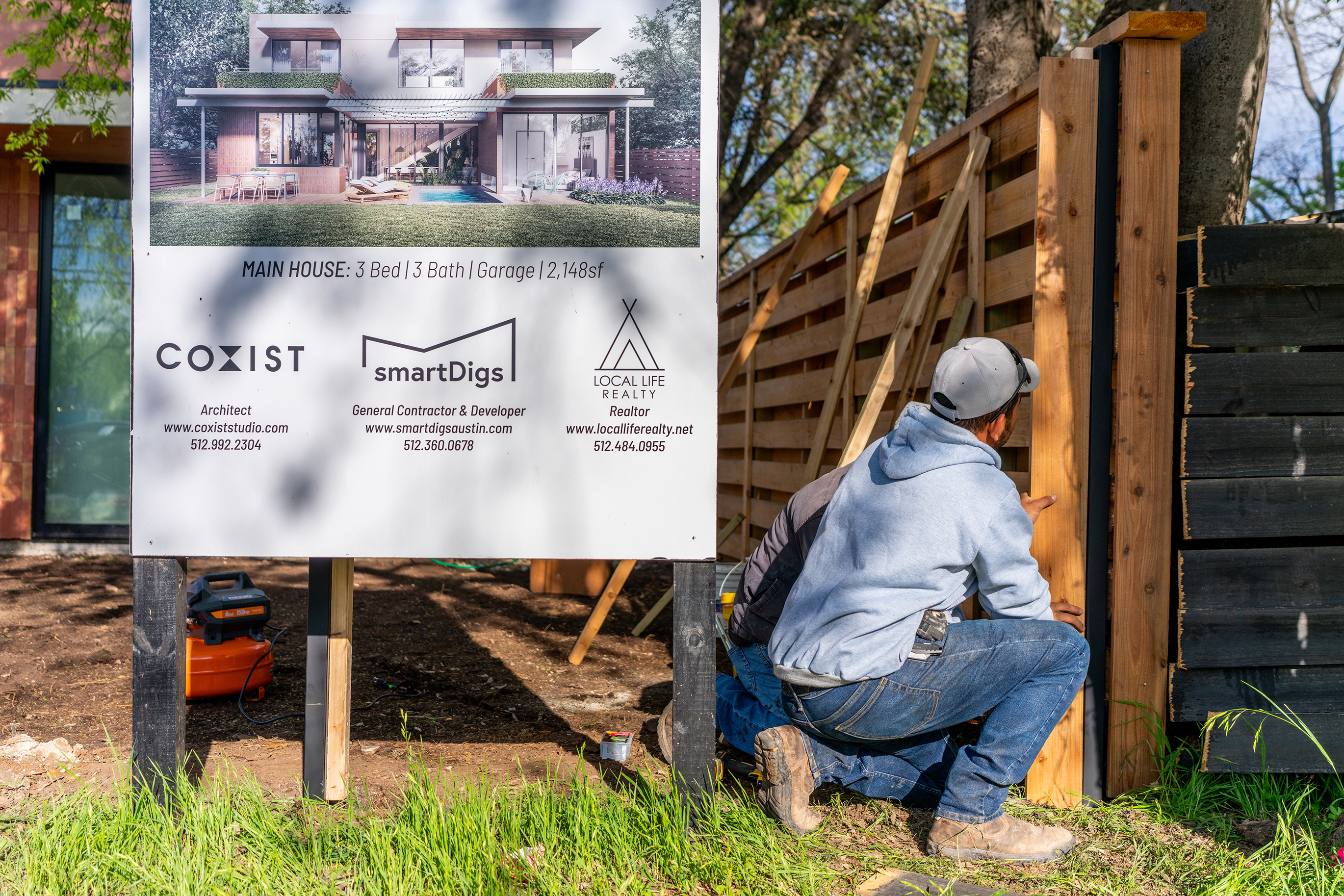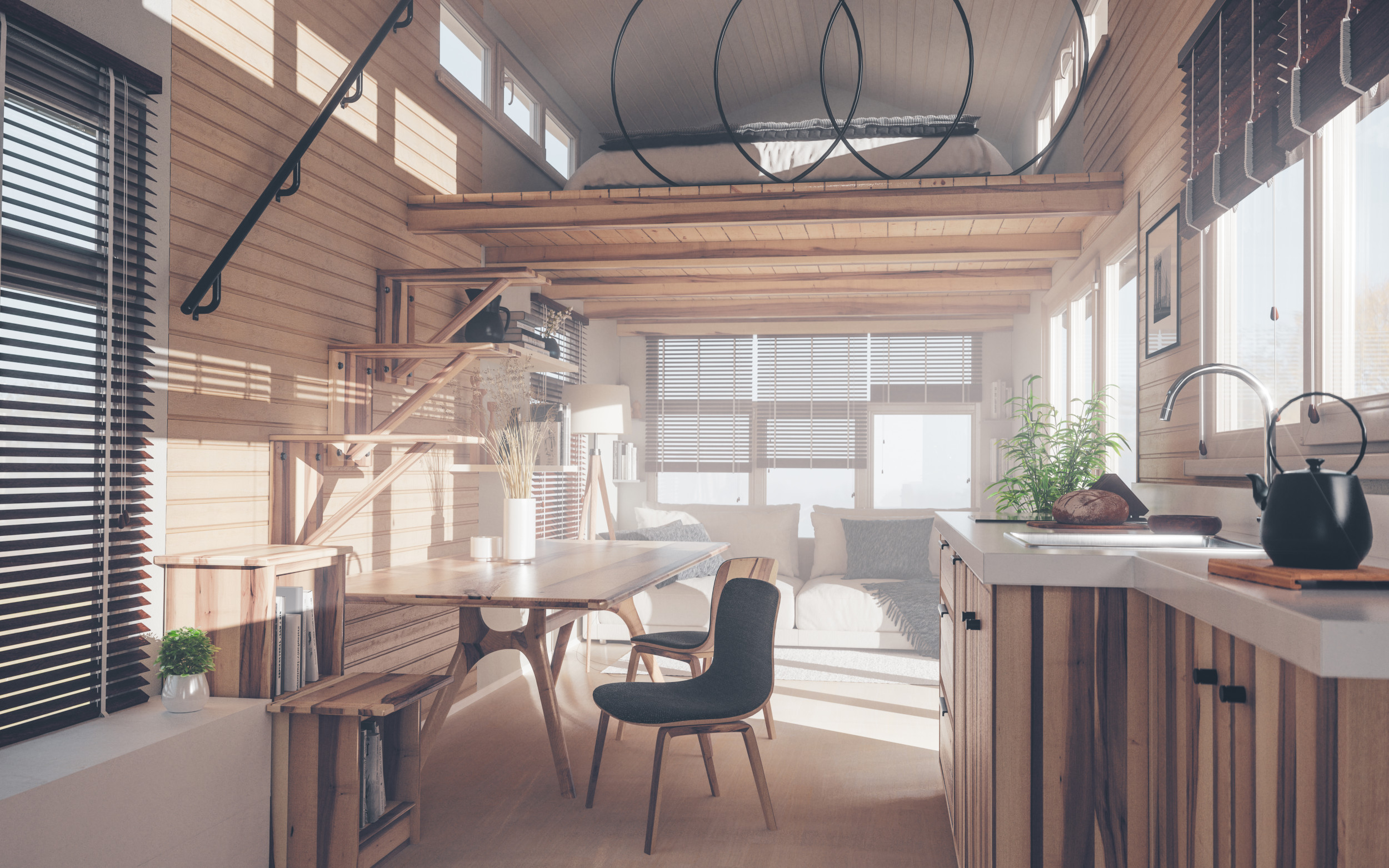
HOW MUCH DO 'TINY HOMES' COST?
Looking to get a "tiny home" but not sure about all the costs involved?
Tiny homes typically measure around 100 to 400 square feet, and have been a popular option for those wanting to downsize their living space and costs, as well as reduce their environmental impact.
Read more: How to Calculate How Much House You Can Afford
A 2018 survey by the National Association of Home Builders (NAHB) found that 53 percent of Americans would consider living in a home that is 600 square feet or smaller.
Our homes became an even more sacred space since the COVID-19 pandemic, with the rise of remote working and people spending more time at home due to safety restrictions. In a March 2021 report by the NAHB, 12 percent of the 3,247 recent and prospective homebuyers surveyed said they would prefer a smaller home following the pandemic.
The price tag for a tiny home varies, depending on whether you are looking to purchase a ready-made one or build your own.
Read more: Find the Lowest Rates From Top Mortgage Lenders
"On average, constructing a tiny home from scratch can cost between $30,000 and $60,000, depending on design, materials, and finishes. Purchasing a ready-built tiny home typically ranges from $50,000 to $100,000," Ashley Tison, the CEO and founder of OZPros, an advisory firm specializing in opportunity zones, told Newsweek. Opportunity zones are distressed low-income areas that offering tax incentives for investors and developers.
Read more: Step-by-Step Guide on How to Qualify for a Mortgage
Sebastian Jania is the owner of Ontario Property Buyers, a real-estate solutions and investment company that focuses on flipping and renovating houses. He told Newsweek that determining the cost of building a tiny home or buying a new one is "largely dependent on the quality of tiny home that one is looking for."
Jania said: "One can very easily buy an inexpensive tiny home for around $9,000 at Walmart, but the quality of that tiny home may be questionable."
Highest Expenses for Tiny Homes
Tison said that some of the highest costs involved with tiny houses tend to be the appliances and the costs for building out the kitchen and bathrooms. Other significant expenses are HVAC (heat ventilation and air conditioning), customizations in the home, high-quality materials and utility hookups, he added.
For example, incorporating advanced technologies, such as solar panels, may hike up the initial investment you put into the home but "drastically reduce long-term costs," Tison said.
"While these costs can add up, the long-term savings on utilities and maintenance make tiny homes a financially savvy choice," Tison added.
Jania said that the cost of building the tiny home may be "the smallest cost out of all," and that the costs beyond that require careful consideration.
"To have a complete, usable, functional tiny home, one needs to consider costs beyond the tiny home construction itself and make sure that one has land, as well as a source of electricity going to the tiny home," he added.
Jania said that your tiny home may not necessarily come with important basic living essentials, such as "hydro"—hydropower, a renewable source of energy using the power of moving water to generate electricity—or insulation.
So, in reality, "the cost of actually building the tiny home may be the smallest cost out of all, as connecting hydro or municipal services from the street to the tiny home may be much more expensive than the build of it itself," Jania added.
Have you built or bought a tiny home? We'd love to hear from you. Email [email protected] and your story could be featured on Newsweek.
2024-06-29T10:18:27Z dg43tfdfdgfd
